Table of Contents
The geography of Rwanda is a mesmerizing combination of varied terrains and historical relevance. Located in East Africa, this nation’s geographic position has profoundly influenced its history and cultural essence.
Positioned in the heart of the African Great Lakes region, Rwanda’s geography attracts explorers with its lush rolling hills, shimmering lakes, and vibrant wildlife regions. From navigating the verdant slopes of the Virunga Mountains to delving into the cultural mosaic of Kigali, Rwanda’s diverse terrains and deep-rooted history present a remarkable adventure for travelers seeking an authentic and transformative experience.
Rwanda physical geography unveils a realm of natural wonders. From the commanding presence of the Nyungwe Forest, reflecting the nation’s rich rainforest legacy, to the various ecosystems ranging from savannahs to wetlands, Rwanda stands as a testament to nature’s magnificence.
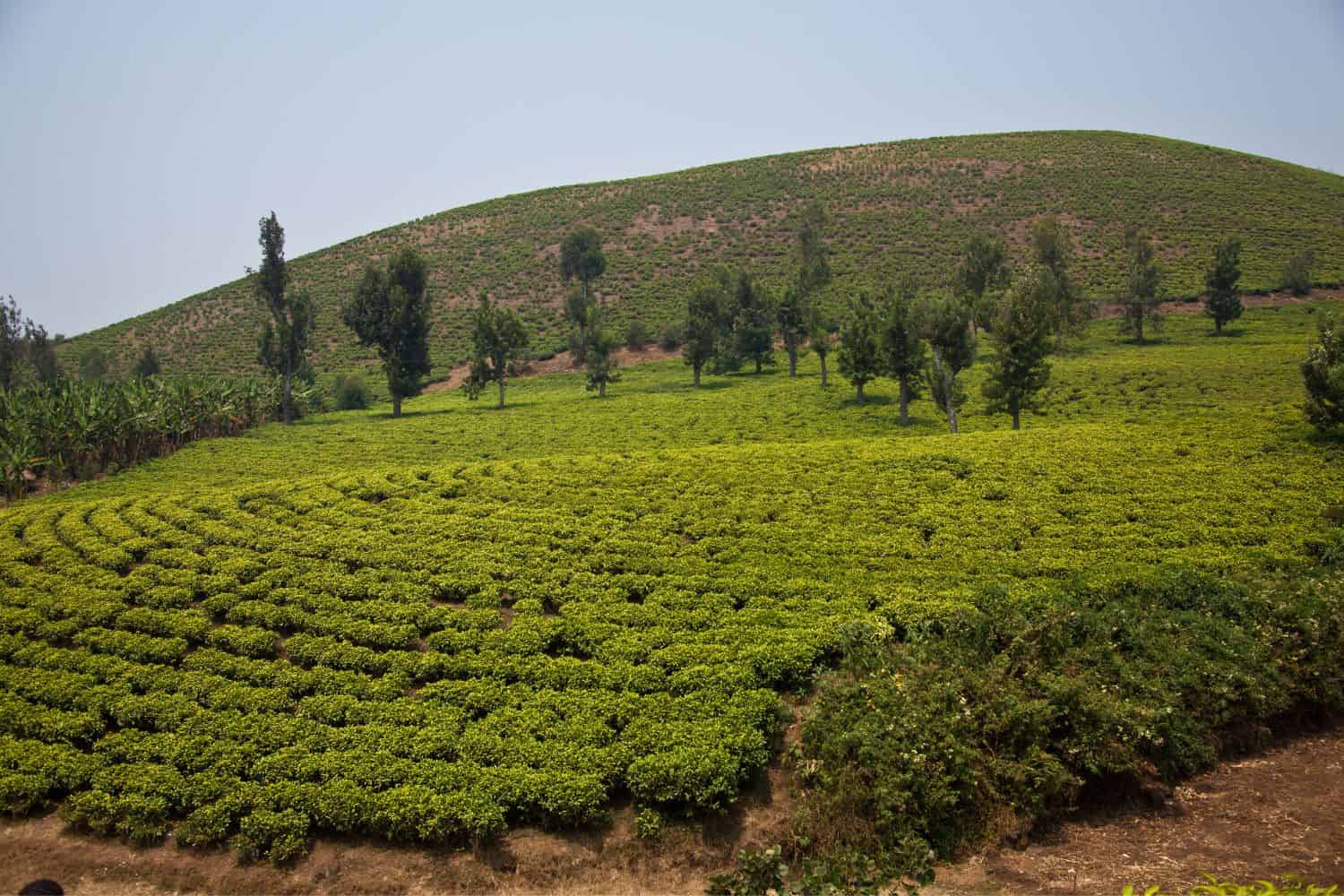
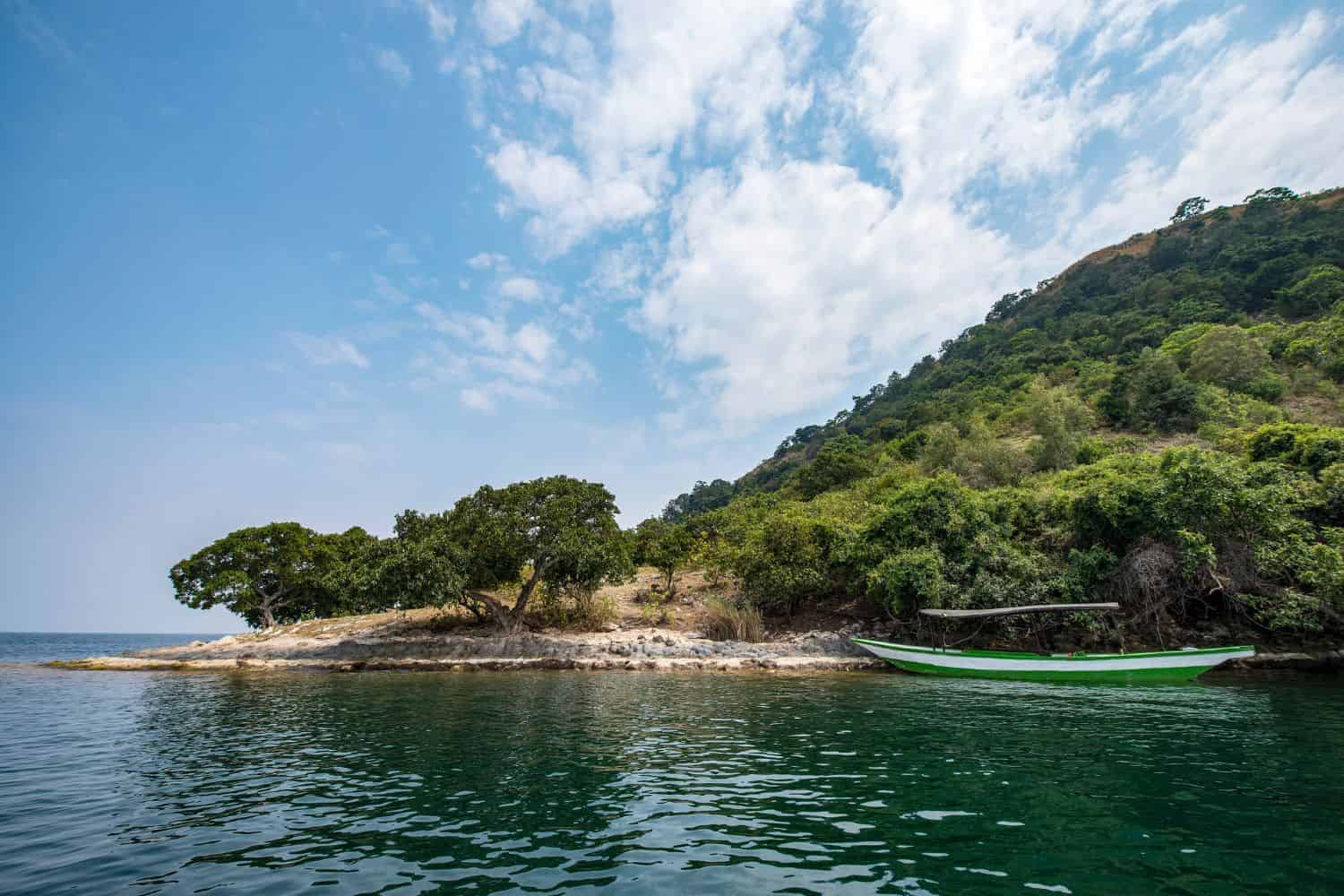
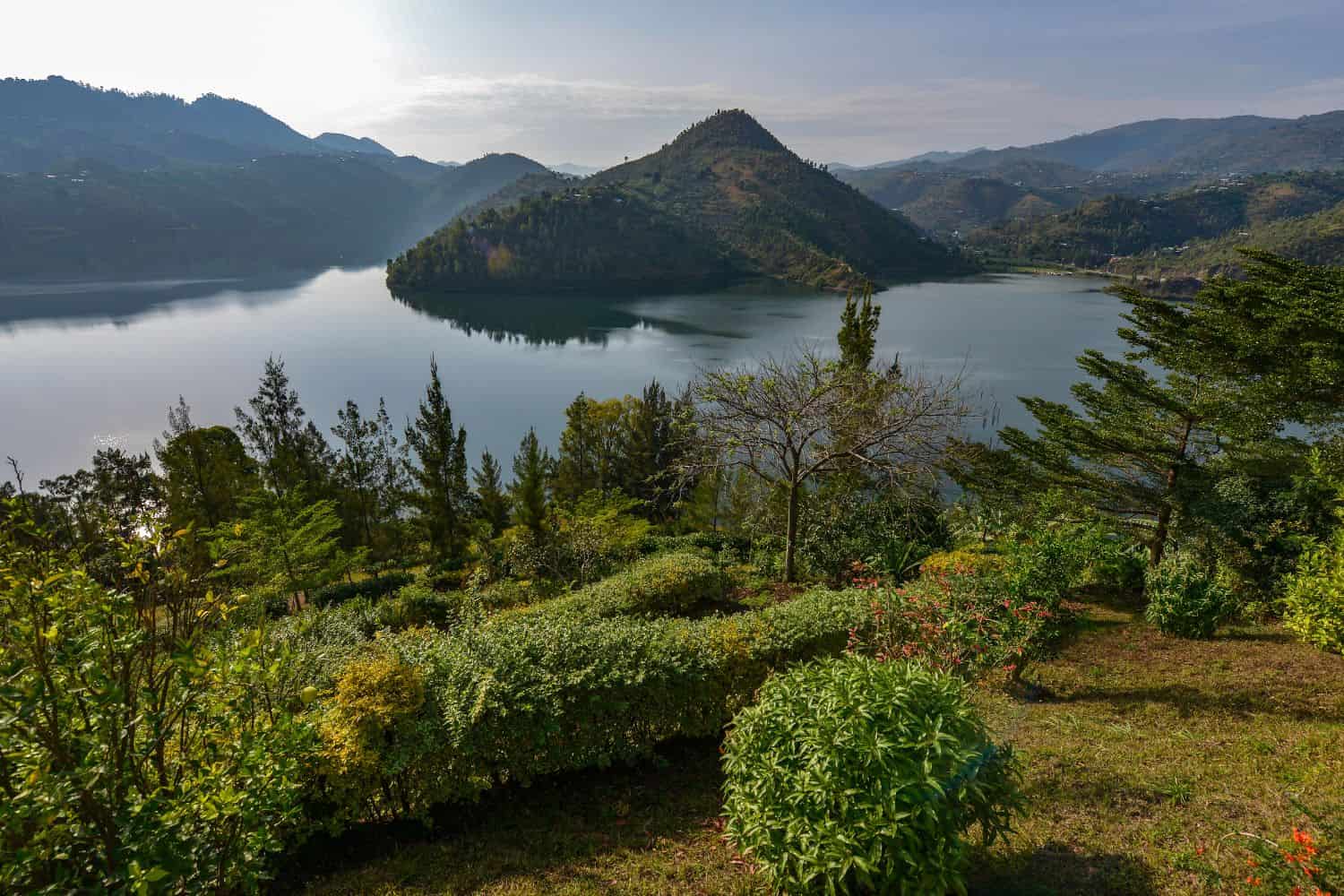
Top Geographic Features of Rwanda
- Virunga Mountain Range: This captivating range stretches across the northern edge of Rwanda, playing a significant role in the country’s topography and climate. It houses the famous Volcanoes National Park, known for its mountain gorillas.
- Lake Kivu: One of the African Great Lakes, Lake Kivu is located on the western border of Rwanda with the Democratic Republic of Congo. It’s an essential water resource for the country and a popular tourist destination.
- Rwenzori Mountains: Though primarily in Uganda, these mountains extend to Rwanda’s northern region and contribute to the nation’s diverse elevation and climate.
- Nyungwe Forest: Situated in the southwestern part of Rwanda, this tropical rainforest is one of the oldest in Africa and is home to a rich diversity of species, including various primates and bird species.
- Akagera River: Flowing through the eastern part of Rwanda, this river provides essential water resources for agriculture and sustains the Akagera National Park, known for its diverse wildlife.
- Eastern Savannah: This region in the eastern part of Rwanda is characterized by its grassy plains and is home to many wild animals, including elephants, buffaloes, and antelopes.
- Rugezi Wetland: A vital freshwater marshland in northern Rwanda, Rugezi plays a crucial role in biodiversity conservation and supports the country’s hydroelectricity production.
- Kigali: Rwanda’s capital and largest city, Kigali, is set within hilly terrain in the country’s center. It stands as a symbol of the country’s post-genocide recovery and development.
- Buhanga Eco-Park: Located in the northern region, this park is rich in biodiversity and has historical significance, as it’s believed to be where ancient Rwandan kings underwent rituals.
- Muhazi Lake: Situated in eastern Rwanda, this long, narrow lake is a serene getaway and an essential water body supporting local communities.
These geographic features play a pivotal role in shaping Rwanda’s landscape, climate, and cultural history, making them indispensable elements in defining the country’s geography.
Rwanda Geography
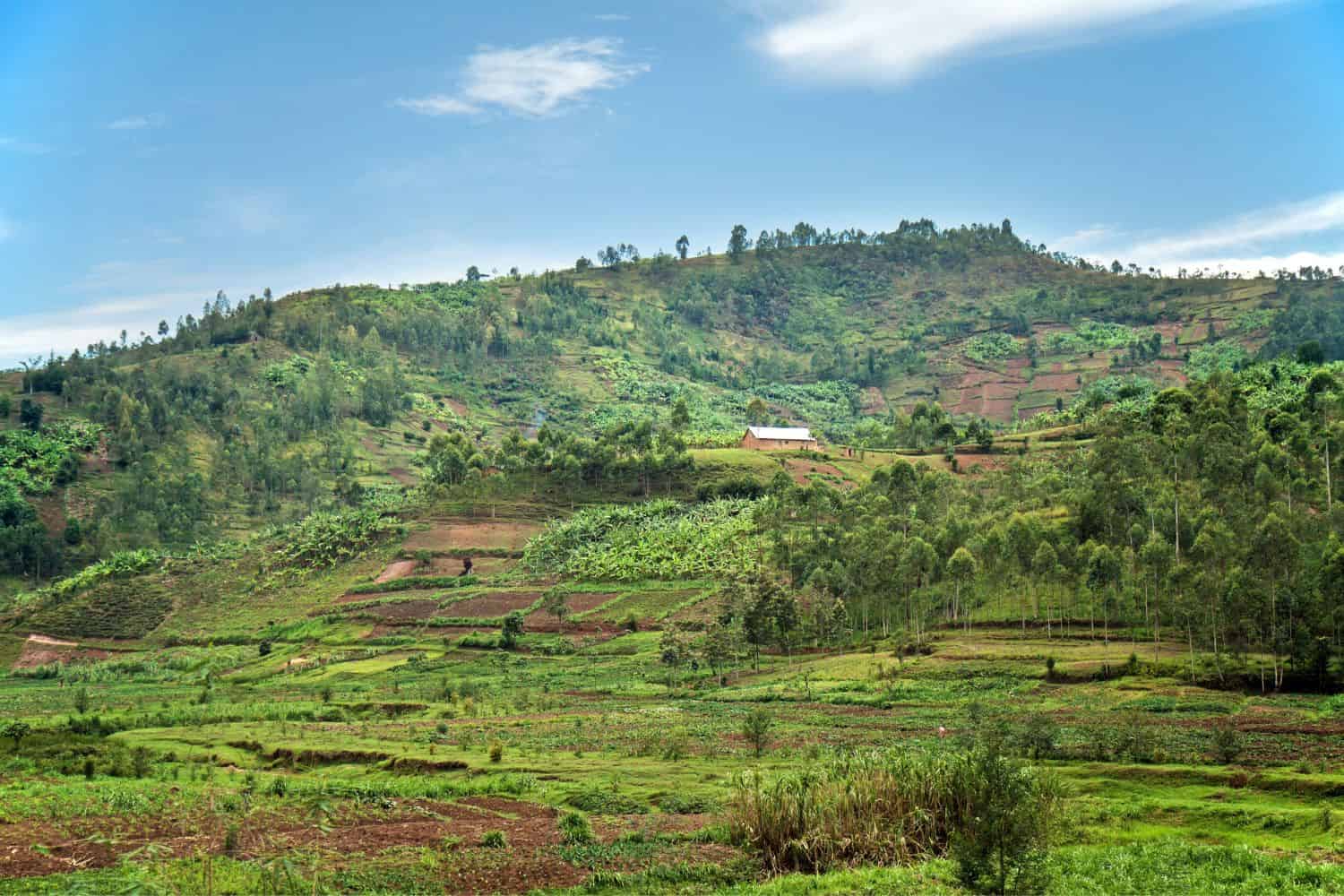
Exploring the Rwanda National Geographic canvas reveals a stunning array of Rwanda geographic features. From the rolling hills that earned it the title “Land of a Thousand Hills” to the vibrant marshlands of Akagera and the coffee-rich regions of Byumba, the country presents a captivating tapestry of natural wonders.
- Mountain Ranges – The Crown of Beauty: Similar to documentaries that often feature picturesque mountains, Rwanda boasts the Virunga mountain range. These mist-covered peaks not only enhance the country’s scenic beauty but also provide a habitat for its unique biodiversity and have shaped its cultural identity.
- Lakes – A Tapestry of Tranquility: Rwanda’s Lake Kivu, with its serene waters, resembles the breathtaking landscapes captured in photographs. These pristine waters, bordered by terraced hills, reflect the region’s geological and cultural richness.
- Hills – Rolling Vistas of Life: Just as documentaries spotlight vast landscapes, Rwanda’s hills paint a scenery of rolling green terraces that are home to diverse plantations. This fertile region tells stories of traditional farming practices and the country’s agricultural potential.
- Historical Sites – Echoes of the Past: Rwanda’s historical sites, like the old palaces of Nyanza, evoke memories of explorations that delve into ancient kingdoms. These remnants stand as a testament to the country’s rich monarchical heritage.
- Ethnic Unity – A Tapestry of Resilience: In contrast to many nations, Rwanda emphasizes the unity of its people post-genocide, promoting the identity of being Rwandan above all. This unity has been pivotal in rebuilding the nation and creating a harmonious cultural mosaic.
- Wildlife – A Sanctuary for Nature: Rwanda’s protected areas, such as the Volcanoes National Park, mirror the coverage of wildlife conservation. These regions serve as crucial habitats for diverse species like the mountain gorilla, preserving biodiversity in this vibrant environment.
- Geological Marvels – Nature’s Canvas: The country’s geological wonders, like the Musanze Caves, highlight Rwanda’s natural allure amidst its undulating landscape. Such structures demonstrate the compelling forces of nature sculpting the land.
- Remote Exploration – Windows to Authenticity: The dense forests of Nyungwe beckon explorers, much like quests into mysterious realms. This vast green sea offers a glimpse into untouched ecosystems and unique wildlife.
Rwanda’s geographic features are highlighted by its hills that undulate across the land. These rolling landscapes spread throughout the country, and create a mesmerizing backdrop for the nation’s diverse topography. The historic trails that lace these hills have long facilitated movement and trade among communities.
Meandering gracefully through the Rwandan terrain are the life-giving rivers like the Kagera, vital for agriculture and hydration. Additionally, the vibrant wetlands and tropical forests contribute to the country’s unique geography.
Rwanda Geographic Location
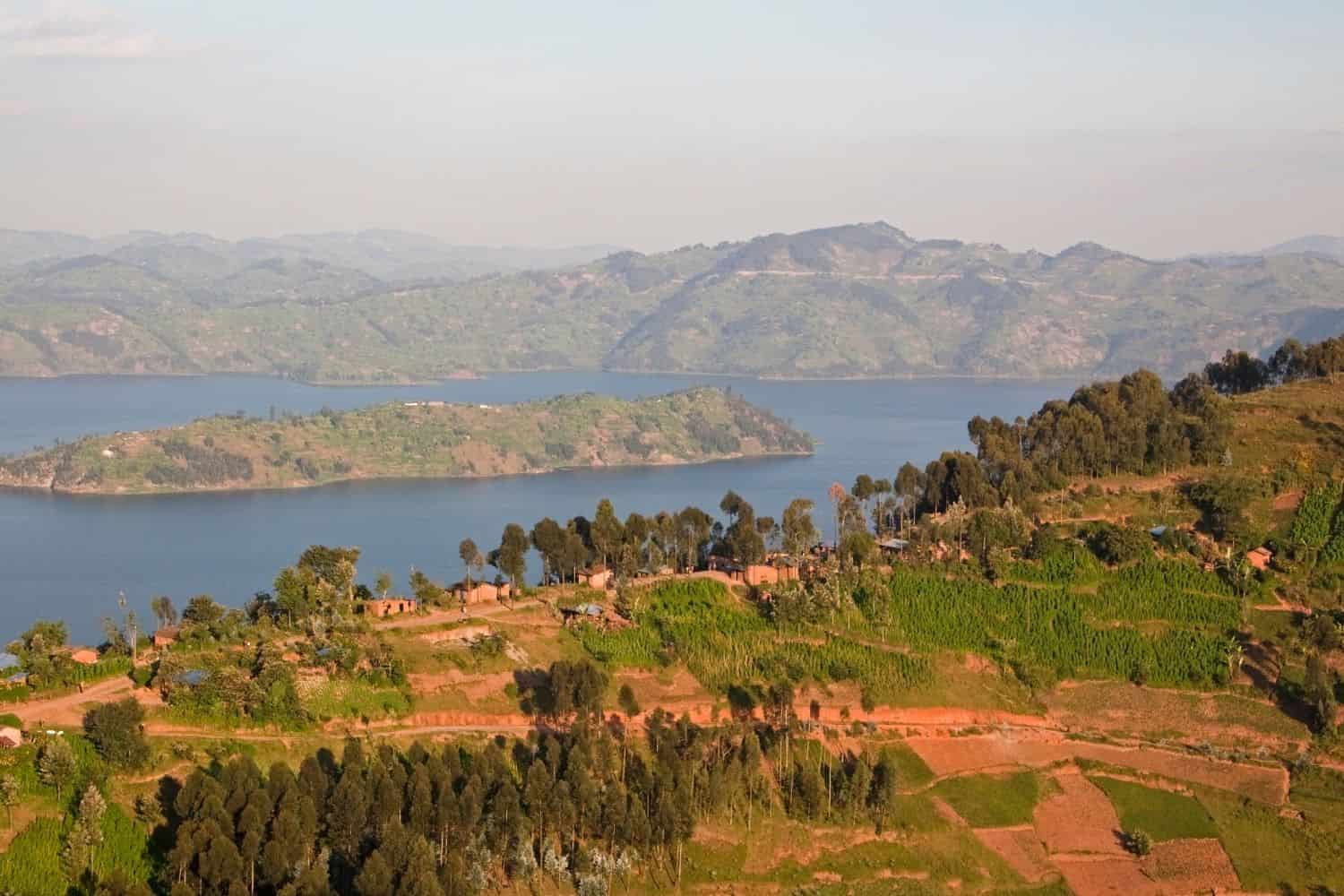
Rwanda’s geographic location is very strategic, and its position has played a significant role throughout history. Located in the central-eastern part of Africa, the country has been a nexus for trade, culture, and ideas, emphasizing its historical importance.
Borders of Rwanda
Rwanda shares borders with four countries. Here is Rwanda’s physical geography with the neighboring countries and the approximate total length of each border:
- Uganda: The border between Rwanda and Uganda is approximately 169 kilometers long.
- Tanzania: The border between Rwanda and Tanzania is approximately 217 kilometers long.
- Burundi: The border between Rwanda and Burundi is approximately 290 kilometers long.
- Democratic Republic of the Congo (DRC): The border between Rwanda and the DRC is approximately 221 kilometers long.
| Rwanda Neighboring Country | Border Length (Approximate) |
|---|---|
| Uganda | 169 kilometers |
| Tanzania | 217 kilometers |
| Burundi | 290 kilometers |
| Democratic Republic of the Congo (DRC) | 221 kilometers |
These international borders define Rwanda’s connections to different regions and contribute to the country’s geopolitical significance as a crossroads between the Great Lakes region and East Africa.
Geography of Kigali Rwanda
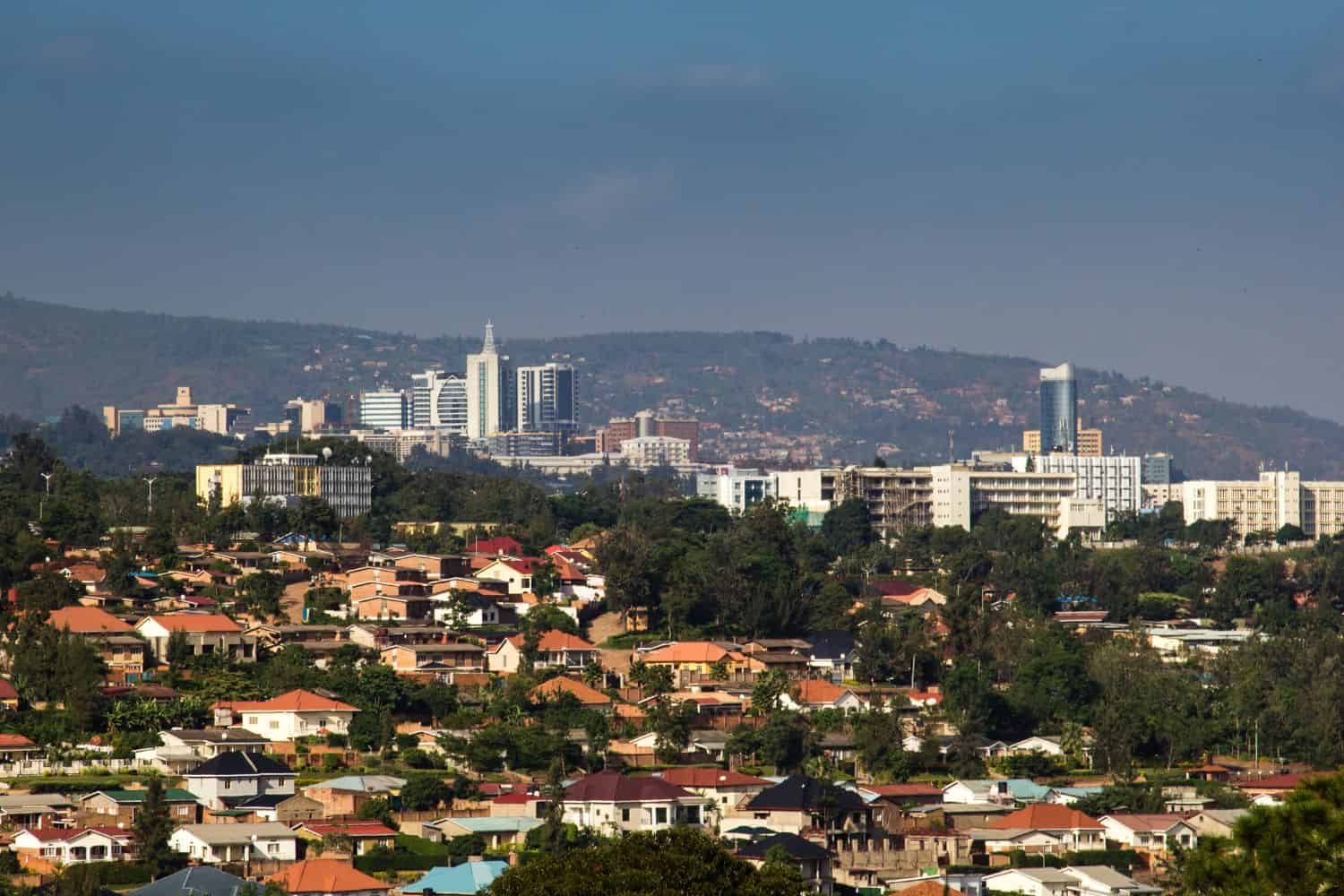
As the capital city of Rwanda, Kigali is a captivating microcosm of the country’s human geography. Here, various ethnic groups, including Hutu, Tutsi, and Twa, coexist, contributing to the city’s vibrant cultural tapestry.
Kigali, the capital city of Rwanda
- City of Contrasts: Kigali is known for its stark contrasts, where modern high-rises coexist with traditional neighborhoods, creating a unique blend of old and new.
- Kigali’s Elevation: Positioned at a high altitude, the city boasts a hilly terrain with breathtaking views of the surrounding landscapes.
- Green Spaces: Kigali is home to several beautiful parks and gardens, offering a serene escape amidst the bustling city.
- Kigali’s Historical Significance: With a history deeply rooted in pre-colonial times, Kigali has witnessed various epochs and played a pivotal role in African politics and trade.
- Diverse Architecture: The city showcases a diverse architectural heritage, reflecting influences from colonial, local, and modern styles.
- Music and Dance Culture: Kigali boasts a rich music and dance culture, reflecting the traditions and rhythms of Rwanda.
- Kigali Genocide Memorial: This solemn site in the heart of the city stands as a testament to Rwanda’s tragic past and the resilience of its people.
- Kigali’s Economy: The city serves as Rwanda’s economic and cultural hub, attracting people from all over the country seeking opportunities and education.
- Population Growth: Kigali has experienced steady population growth, with people migrating from rural areas, leading to urbanization and infrastructure challenges.
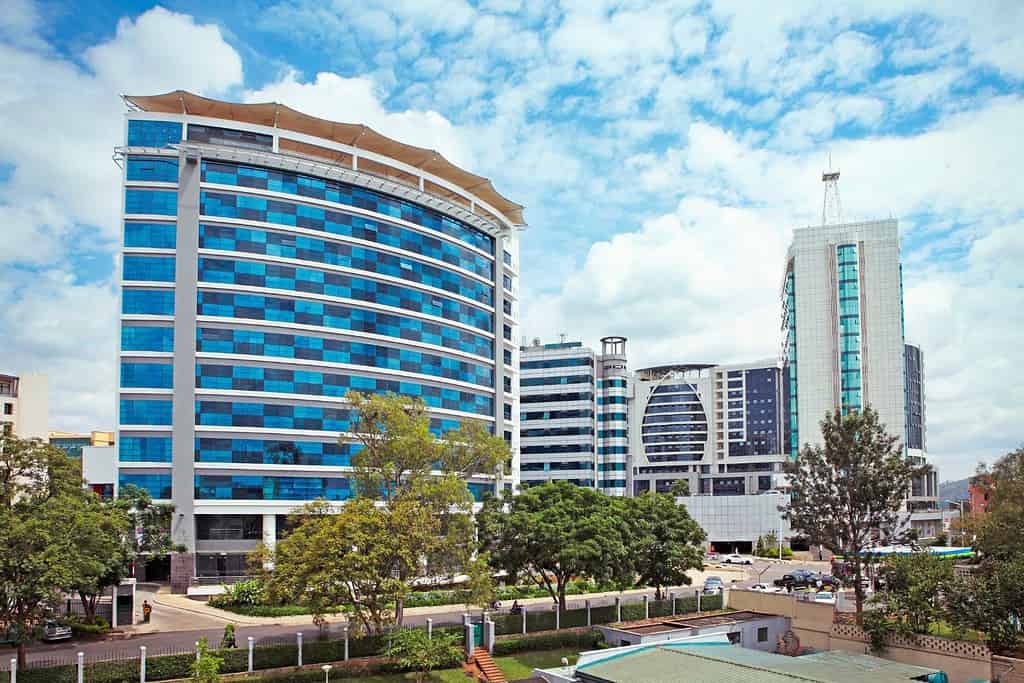
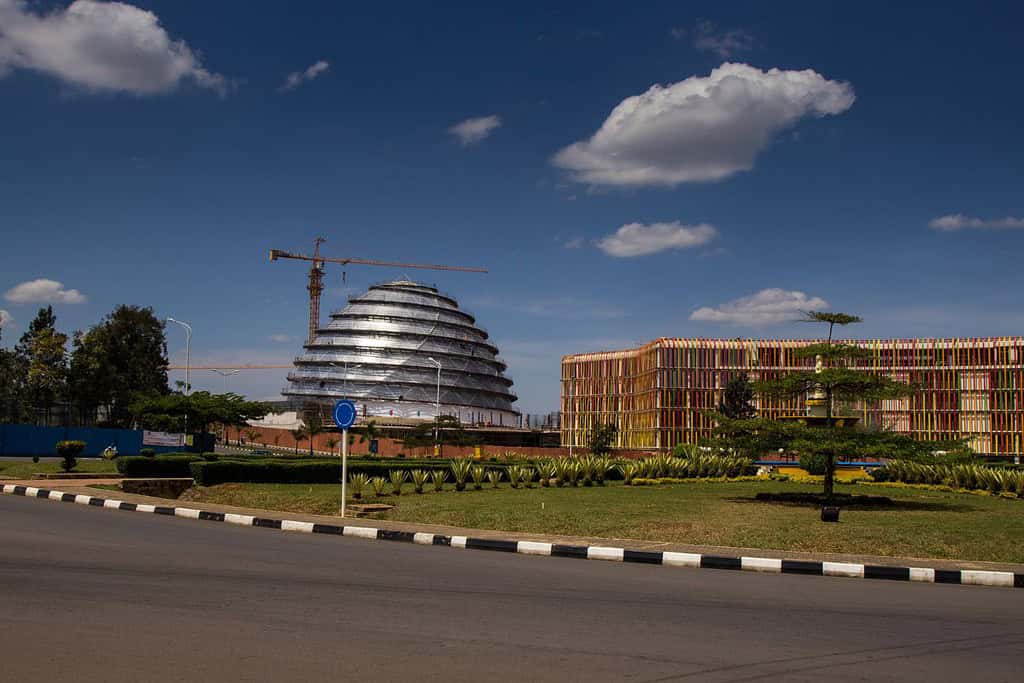
Historical Geographical Importance of Rwanda
Throughout the ages, Rwanda’s geographical significance has made it a focal point for historical events. As empires, kingdoms, and nations shifted, from the indigenous kingdoms to colonial rulers, Rwanda’s geographical position played an essential role in shaping regional history.
- Heart of Africa: Rwanda’s location at the center of Africa has made it a strategic point for trade, cultural exchange, and pivotal events throughout history.
- Ancient Trade Hubs: Trade routes passed through Rwanda, connecting various tribes and facilitating the exchange of goods, ideas, and cultures.
- Colonial Era: Rwanda was a critical territory during the colonial period, particularly during the German and Belgian rule, impacting its socio-political landscape.
- Kingdoms and Dynasties: Historic Rwandan monarchies, with kings known as Mwami, have played vital roles in shaping the region’s cultural and political landscape.
- European Influence: Rwanda’s geographic position attracted European interests in the late 19th and early 20th centuries, impacting its governance and society.
- Influence of Indigenous Kingdoms: Rwanda was home to distinct kingdoms, influencing its early history, culture, and governance.
- The Tutsi, Hutu, and Twa: These ethnic groups have been integral to Rwanda’s history, shaping its cultural, social, and political narratives.
- Coffee and Tea Trade: Rwanda’s fertile lands, particularly its high-altitude regions, have made it a hub for coffee and tea production, impacting its economy and international relations.
- Arts and Traditional Dance: Rwandan traditional dances, like the Intore, highlight its rich cultural heritage, influencing its identity, tourism, and international recognition.
The geographical position of Rwanda is a vibrant tapestry of natural beauty and historical depth. Known as the “Land of a Thousand Hills,” this small landlocked nation in the heart of Africa is adorned with lush green landscapes, rolling hills, and a rich biodiversity, including the famous mountain gorillas. Despite its turbulent past, Rwanda has emerged as a symbol of resilience and transformation, capturing the world’s admiration for its recovery and development.
In conclusion, Rwanda’s geographical location and unique topography have played a significant role in its history and culture. Nestled in the Great Rift Valley, where the African Great Lakes region and East Africa converge, Rwanda has been at the crossroads of various cultural and historical influences. Its strategic position and natural beauty continue to shape its identity and play a crucial role in the regional dynamics of Central and Eastern Africa today.
More About Rwanda
[the-post-grid id=”50416″ title=”Rwanda Main page”]
